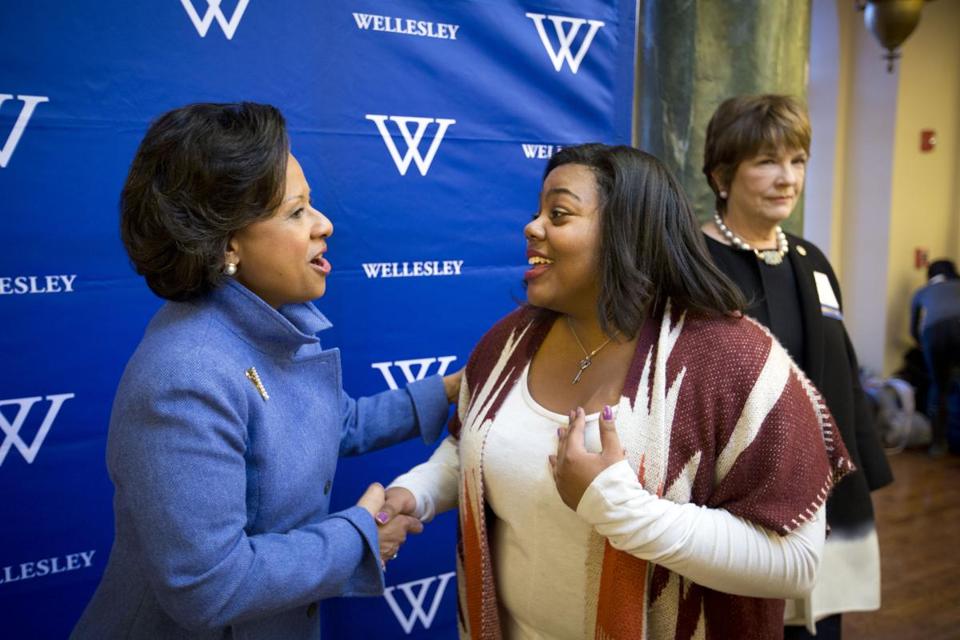Note: The following guest post was by Anthony Ashton, litigation partner at the law firm of DLA Piper LLP (US) in the Baltimore office. He conducts annual trainings for educators and administrations and regularly advises them on legal matters. He has served on the Boards of multiple schools, and is a former teacher and guidance counselor. Contact information: anthony.ashton@dlapiper.com Whether the job title is Principal, Headmaster, Head of School, or Dean, the top administrator of a private primary or secondary school is effectively the CEO of a company. CEOs of most successful companies are aware of the laws that apply …
Continue reading “Private Schools and the Law: Tips for Private School Administrators”







